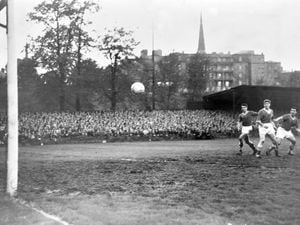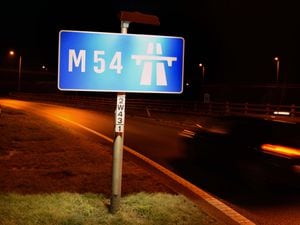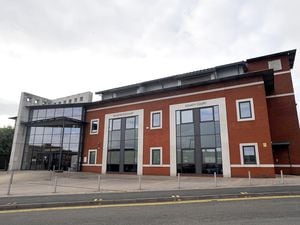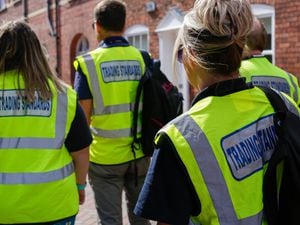Flashback to November 1978
November 17, 1978, saw the birth of a new royal – the Royal Shrewsbury Hospital.
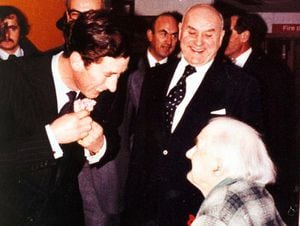
Because as Prince Charles arrived to officially open the new £12 million hospital at Copthorne, Mr Frank Leath, chairman of Salop Area Health Authority, announced to a packed reception that the Queen had given her consent for the royal title bestowed on the Royal Salop Infirmary in 1914 to be transferred to the new complex.
Thousands of cheering spectators met the prince – he had turned 30 just three days previously – as he arrived in Shrewsbury by a helicopter of the Queen's Flight, although for once he was not at the controls himself.
He was welcomed by the Lord Lieutenant of Shropshire, Mr John Dugdale, who introduced him to other leading dignitaries before the prince began his tour.
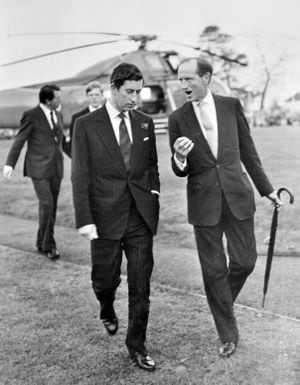
In the way of these things, the Copthorne hospital had actually been open for nearly a year.
The key date was November 20, 1977, which is when the Royal Salop Infirmary in Shrewsbury town centre closed when its last 52 patients were transferred to the new Copthorne General Hospital in the biggest such move in the county's medical history.
The Copthorne hospital opened at the same time – a 242-bed hospital centralising accident and emergency services for Shropshire and Mid Wales – although it had been taking patients in its outpatients department from February 1977.
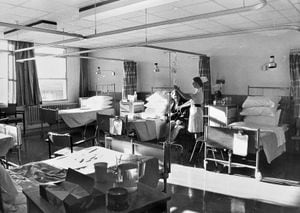
It was known at first as Copthorne (North) as there was also a Copthorne South, a former military hospital dating from the wartime which was on the opposite, south, side of Mytton Oak Road.
Copthorne South is now just a memory, as the huts and buildings have all been demolished and the area where it stood has been covered by modern housing.
Returning to our 1978 royal visit, Prince Charles apologised on his arrival for being late, blaming strong headwinds.
"Next time I happen to fall ill in the Shrewsbury area, I know I shall be able to get a free bed," he joked.
"I am delighted to have this opportunity of coming to Shrewsbury and in particular to Shropshire. I don't get to this part of the world too often," he told the official audience.
Among the guests was one of his tutors from Gordonstoun school in Scotland – Eric Anderson, who had become head of Shrewsbury School.
His visit was just the tonic for scores of patients, and on the three mixed surgical wards, where the prince spent nearly half of his two-hour stay, his impromptu chats were greatly appreciated.
Among those to whom he spoke was a veteran of the Great War, 84-year-old Charles Page of Clun, who had been severely wounded in the trenches of France. Mr Page, who had had an amputation of his lower leg, said: "He was a very nice young man and was very interested about what happened to me in the war."
Smart in her uniform was Mrs Millicent Brown of Shrewsbury, the county librarian for the St John and Red Cross hospital library service, who did not seem put out that the prince mistook her for a midwife.
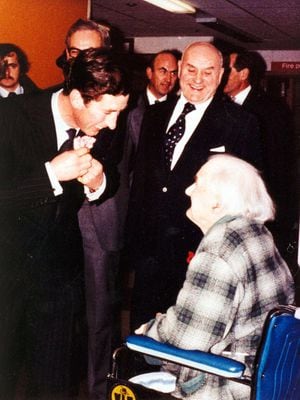
The official hospital opening was not the prince's only engagement of the day. His next stop was to speak to staff and pupils from Shrewsbury's Katherine Elliot School for handicapped children.
The official opening of the RSH was the culmination of major changes to Shropshire's hospitals in the second half of the 1970s.
Work on the new hospital at Copthorne had begun as early as late 1972.
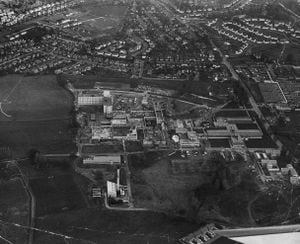
The east of the county also had a major hospital – RAF Cosford hospital, which also treated civilians. The Cosford hospital closed on December 31, 1977.
So together with the closure of the RSI, the opening of the RSH marked a consolidation of many services on one central site, and the years which followed were to see various developments, including a cancer treatment centre funded by a major public appeal launched by the Mayor of Shrewsbury, Bernard Lingen.
Things were shaken up in the late 1980s with the completion of a new general hospital at Telford, which started taking its first patients in January 1989, but also by the closure of various small local cottage hospitals to pay for it – one reason why the building of the Telford hospital proved very controversial.
The Royal Shrewsbury Hospital and the Princess Royal Hospital were run under different managements, but were destined to merge, and today have about 50 wards across the two sites.


